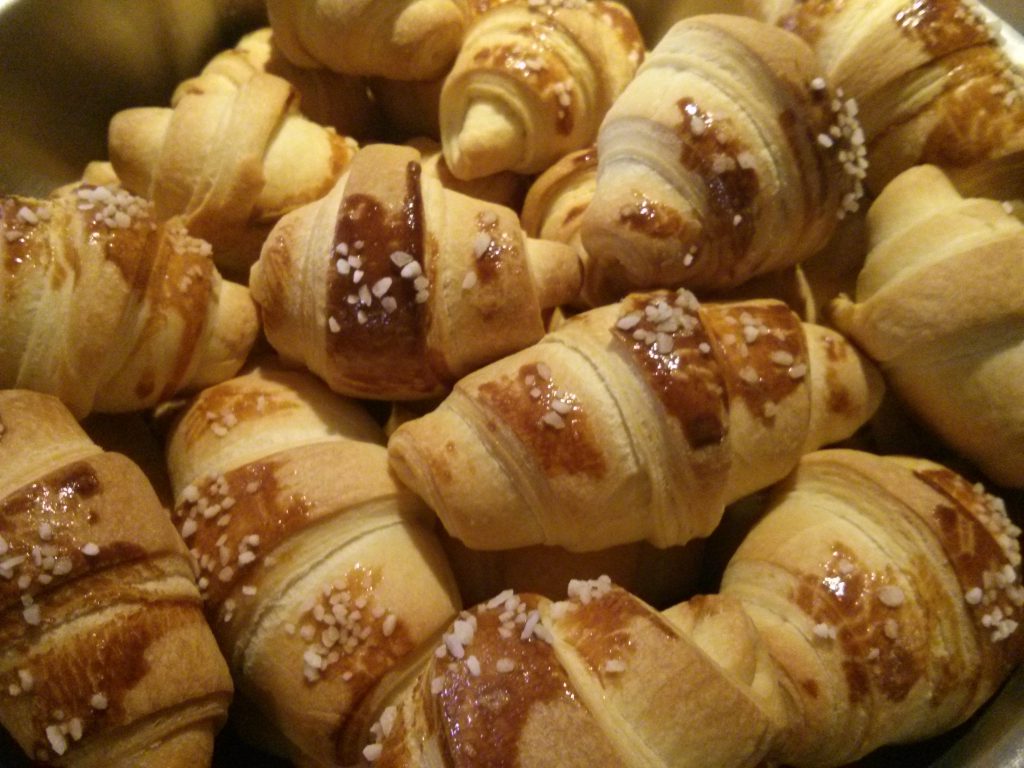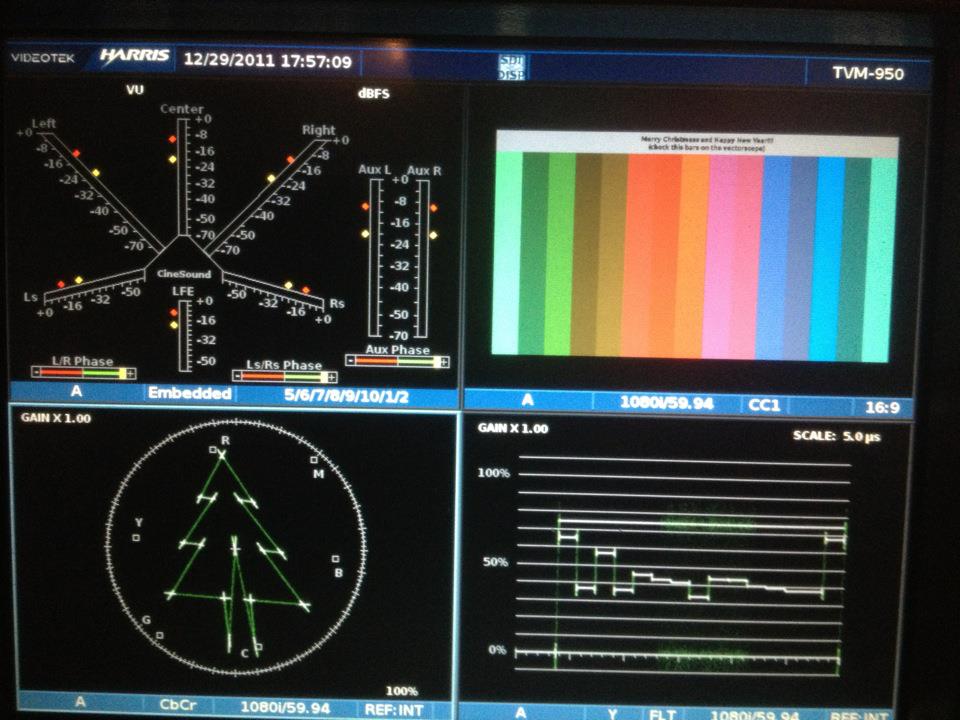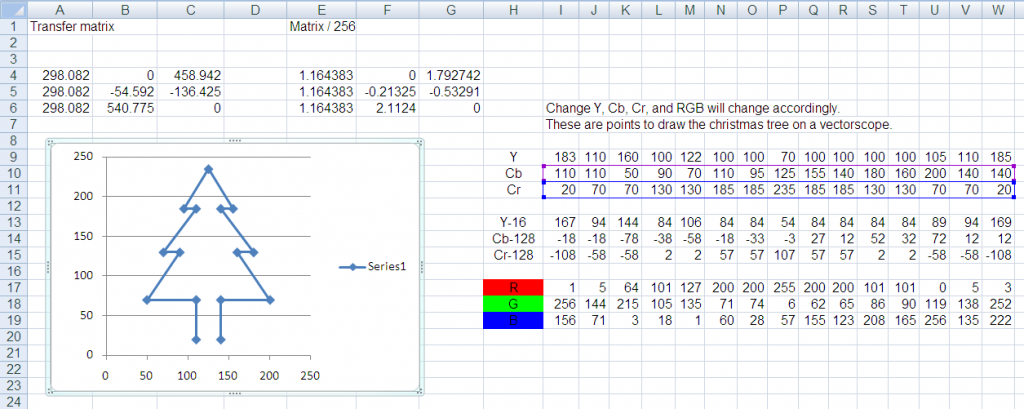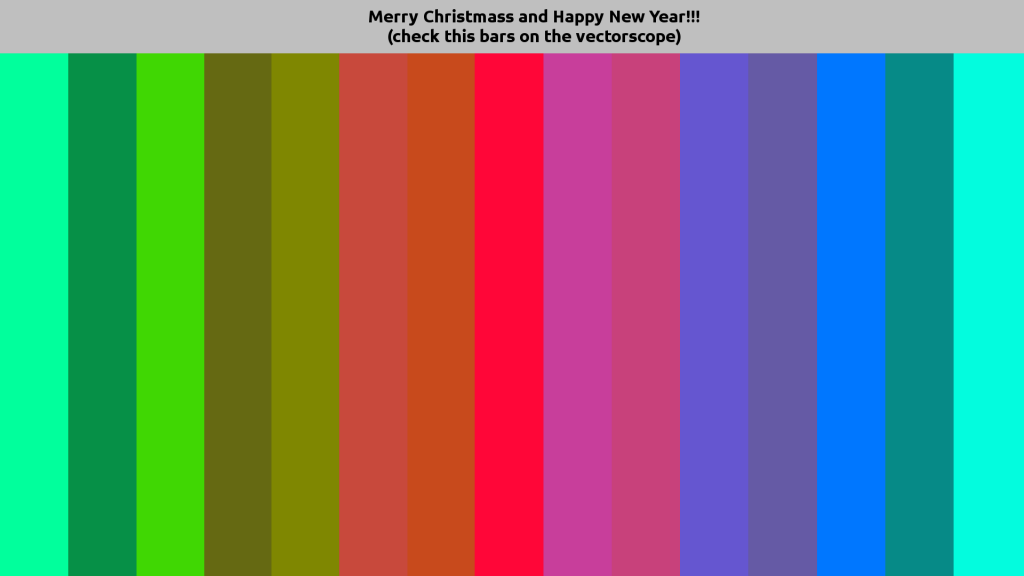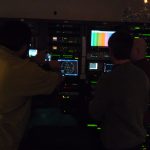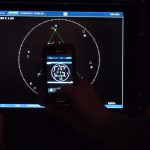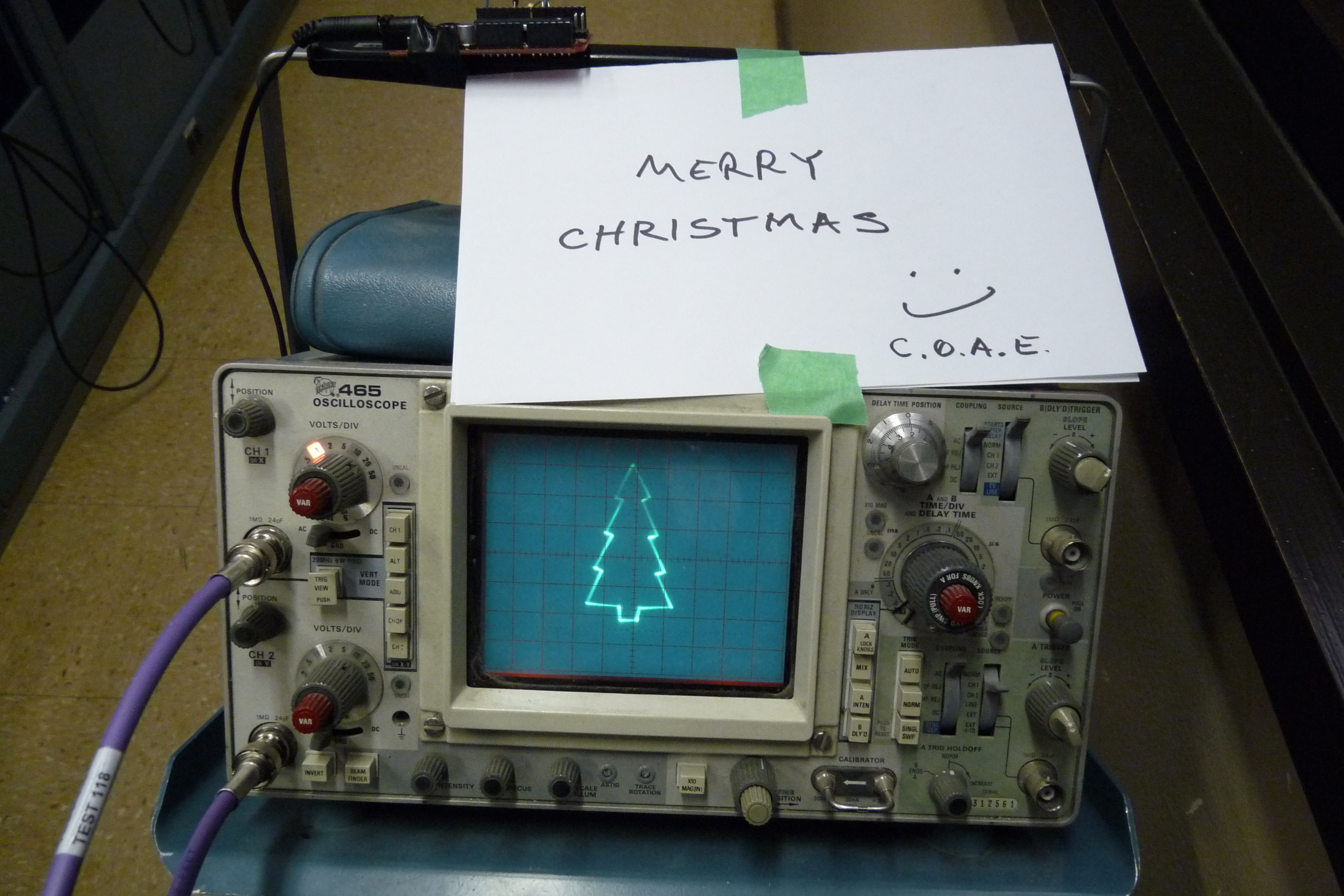And finally, the upload of the temperature from my backyard works! See it in the side bar, above the Search field, and in the footer area at the bottom of the page. It uploads new measurement every ten minutes.
Author Archives: Goran
Hello again!
Just created the WordPress instance on AWS Lightsail and was able to successfully move my domain to it. So far, works OK. I’ll need to change the default theme and do some other tweaks … we’ll get to it. Now it’s bedtime/reading time. Good night!
Talijanski lebac sa začinima (focaccia)
Testo:
- kašičica soli
- šolja vode
- dve kašike maslinovog ulja
- tri i još frtalj šolje brašna
- kašika italijanskog začina (mešavina raznih trava)
- dve kašičice kvasca
Povrh testa:
- dve kašike maslinovog ulja
- tri kašike svežeg bosiljka, krupno seckanog
- frtalj šolje rendanog Parmezan sira
Testo istresti iz mašine na brašnjavu površinu i ostaviti da se odmara 10 minuta. Posuti kukuruzni griz po plehu. Nakon odmora, razviti testo u četvorougao i staviti u pleh. Prstima napraviti udubljenja po površini testa na 3 – 5 cm razmaka. Namazati uljem povrh testa. Ostaviti da raste 30 – 45 minuta. Posuti bosiljak i sir, peći na 200º oko 20 – 25 minuta.
Кифлице из машине
Састојци:
- три кашичице квасца
- две кашичице соли
- једна кашичица шећера
- једна шоља млаког млека
- два јајета, мало забућкана
- пола шоље, може мало јаче, уља
- четири шоље брашна
Сви састојци иду у машину на програм за тесто (сат и по).
Подели на два дела, сваки део развуци, намажи бутером, исеци, преклопи, одмара 15-так минута.
Развуци, исецкај, филуј ако ‘оћеш, уролај у кифлице, ређај у плех, одмара 30-так минута.
Пеци на 195 ºС, кад је готово – уживај!
Хлеб из машине
Састојци:
- кашичица квасца
- две кашичице соли
- кашика шећера
- шоља млаког млека
- шоља млаке воде
- четири шоље брашна
У посуду за машину (breadmaker, или српски речено бредмејкер) сипати редом: со, шећер, млеко, воду, брашно, а квасац у удубљење на врх брашна. Машина га меси сат и по. У побрашнављен плех (посут брашном) ставити тесто обликовано у векну и пећи на 195 – 200 целзијуса док се не испече.
Some HDTV numbers
Just thinking aloud. OK, 3D TV is dead. Nothing new here. It already died couple of times throughout the history of moving pictures. But, what about higher-than-high-definition? I was quickly crunching some numbers and thinking about display capabilities.
We all know that new iPad3 has that famous ‘retina’ display, with resolution of about 260 ppi (pixels per inch). So, technology is here. My current TV has 40″ diagonal and resolution of 1920 x 1080 (Full HD), which comes to about 55 ppi. If someone make ‘retina’ display of that size, that TV would be 9064 x 5098 pixels. This is just a calculated number, not a standard.
Let’s scale back to the next standard, just a little bit. Proposed display standard, called 8K or UHD (Ultra HD) have a resolution of 7680 x 4320 pixels. That’s four times horizontal and four times vertical resolution of Full HD. As we all know, HD bit rate is about 1.5 Gb/s. And for Ultra HD, or for a pleasure to have ‘retina’ display in my living room, we need ~24 Gb/s!!! Which means, we need heck of a good compression method to push all these bits through existing infrastructure.
My guess is that it won’t be a long wait. Anyone remember days when we thought that 56 kb/s was a maximum over telephone copper wires? Is there a limit for the copper? Or should I just picture myself pulling optical cables into the racks of our TV station? We’ll see.
Tek toliko, da se zna
a ovde ništa!?
Christmas tree, take 2
OK, here’s another take on drawing the Christmas tree on electronic screen – this time using “specially designed colour bars” 🙂 and here’s the result viewed on the vectorscope:
How’s the tree created? I was using Charles Poynton’s book “Digital Video and HDTV” (thanks, Charles!) and formula for calculating RGB colour from YCbCr. Here’s the formula, just to scare you off:

So, tree was plotted on the X-Y coordinate system, where Cb is on a X axis, and Cr is on a Y axis. Because it involves a lot of calculations, spreadsheet was used. After all, we live in a 21st century, right? Spreadsheet helped a lot with playing with Y values, to keep RGB between 0 and 255. Here’s the screenshot of the spreadsheet:
Finally, here’s the original picture that was converted to the HD video and fed to the Harris rasterizer (vectorscope, waveform monitor, etc) that you can see on the first picture:
As you can see on the first picture, tree is little bit slanted towards RED. I still have to figure out why is that? Since I don’t have the equipment at home to adjust the bars, picture was created just by doing calculations and brought to the station for the first try. Well, I think it’s not bad for the first shot.
Here’s some more pics of my colleagues trying to get picture of the tree:
Merry Christmas, techies
Thanks to johngineer for the post. Everyone at my work loved it.
P.S. COAE stands for Calgary On Air Engineers 🙂
